Many of you have seen the words, depression, recession, and inflation, and may know what they are, but how many or you are familiar with stagflation or deflation?
Since our economy seems to be stuck in one of those, and maybe headed to another, it may behoove us to know what the lesser known terms of deflation and stagflation consist of. I will leave the, it’s a bird; it’s a plane, explanation up to you.
I used to work for a very intelligent, well read author who regularly compares the depression to our economy today and he will regale you with those stories with a hint of well founded fear in his eyes.
I recall my late grandfather telling a depression story of his own. His family had no meat to eat, and hadn’t for some time when they sat at the dinner table to give thanks for the food they did have.
Their prayer was happily interrupted with the crash of a very large bird into their garage door. Needless to say, dinner was served a little later than usual, but that night, they had meat. Years later my grandfather had stumbled upon the bird in a book and found it was extinct and had been on the endangered species list during the Depression.
It’s a funny story today but none of us want to return to a time when a story like that has any relevance.
In brief, what is a depression? Before the Great Depression in the 1930’s, any downturn in the economy was considered a depression. The term recession was developed to differentiate the 1930’s with the shorter and less severe downturns in 1910 and 1913. Because of this, some will tell you that a depression is just a recession (downturn in the economy) that lasts for two successive quarters or more. To differentiate between a depression and a recession one must look at real GDP (the nation’s total out output of goods and services adjusted for price changes). If our GDP is shrinking that is not a good sign for the economy. A drop of 10% or more is said to be a depression. In the great depression there were two different periods that spiked well below ten percent; one of those times GDP declined by almost 33%.
Monetary inflation produces price inflation, and as long as the Federal Reserve creates money we will have price inflation. And how does the FED create money? The fed uses the Federal Open Market Committee to purchase treasuries which infuses the system with cash and that cash goes somewhere, into people’s pockets, in bank accounts, etc…When there is more money going after the same amount of goods you have price inflation.
In the 1970’s there were two major recessions, where unemployment rose and prices rose, and that is a scary proposition. Usually when unemployment rises, prices fall. When the opposite happens we call it stagflation.
Deflation is a decrease in the general price level of goods and services. Deflation occurs when the inflation rate drops below zero percent causing an increase in the value of money, and we’re not far off.
Now you know just a bit more about all these five dollar words that economists are touting as the argue back and forth about mass inflation, deflation, stagflation, and hyperinflation. Which one is finally gonna get us?
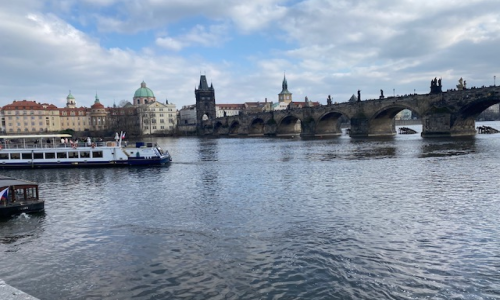

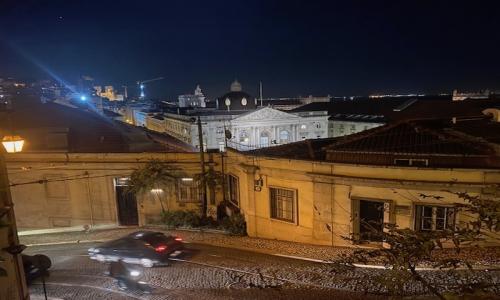

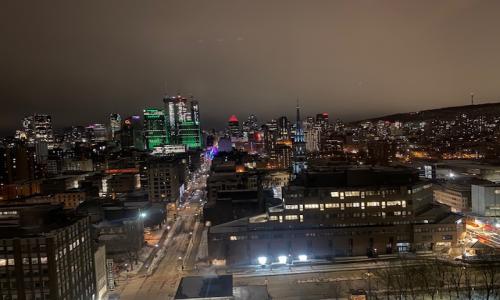
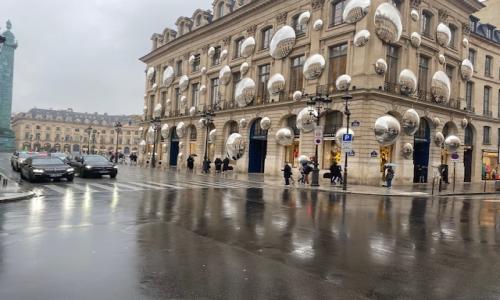
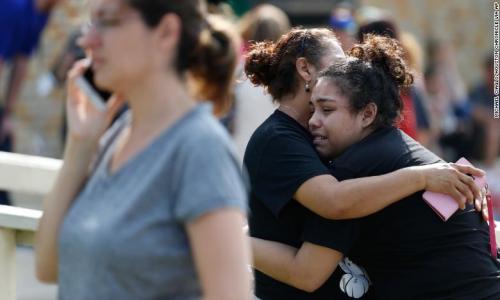

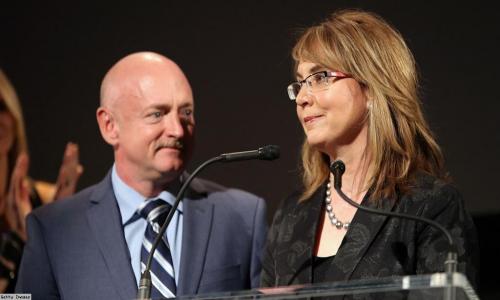
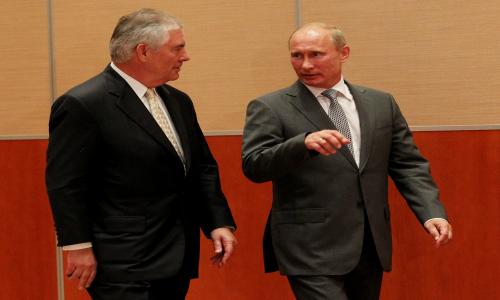


Add your Comment
use your Google account
or use your BestCashCow account